The founder and CEO of Padel Hero, Francesco Belloni, speaks on getting into the padel business and what it's like to operate padel clubs.
From the world of finance to padel, he tells us his story and his vision.
What is your history around padel? How did you get into the padel business?
I started playing padel in 2018, during the summer in Italy. I immediately felt it had a more powerful social element than tennis, similar to 5-a-side football. At this point the sport was only being played in Spain and somewhat here and there in Italy – especially Rome – so I didn’t think about it too much beyond playing.
When I later left London and the world of finance in 2021 that’s when I started thinking about Padel as a business opportunity as there was more “noise” around the sport. I began travelling across Europe, mainly Italy, Spain and Sweden (the more advanced markets) to understand the status of the game and intricacies in the markets where Padel was already a thing.
The economics of a single court and the overall business model were relatively easy to grasp, but I was more interested in getting a grip on where the Padel movement was headed and whether it could actually stand the test of time. Within a few months I had built up enough conviction that it would and … here we are.
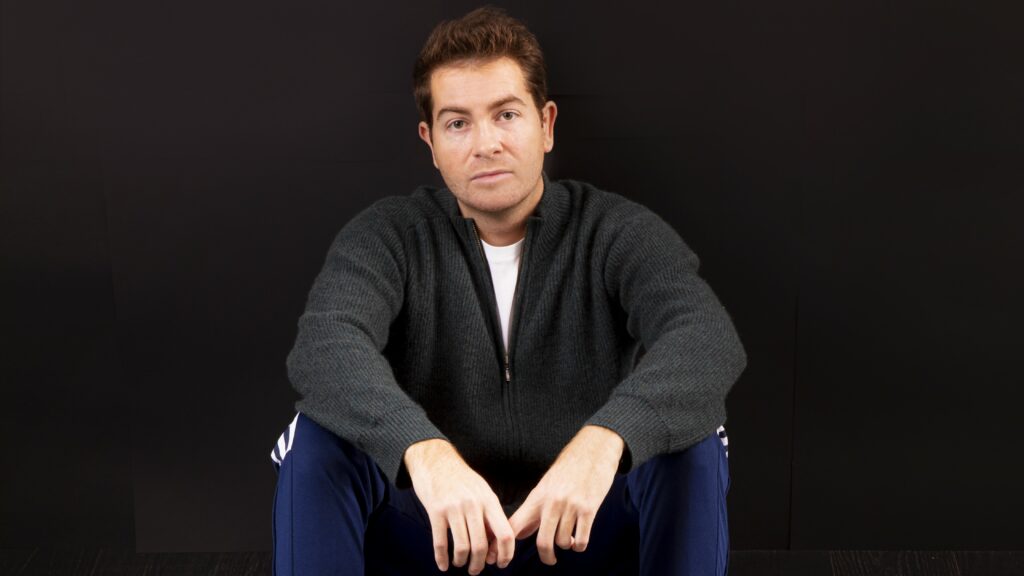
Which clubs are you involved in, and since when? How do they work?
I currently operate one padel club in Italy under the Padel Hero brand, in Pisa, which has 10 courts. It’s a proper padel club. We embarked on this project in the spring of 2021 and built it from the group up: it officially opened in September 2022.
The club has 4 indoor courts and 6 outdoor courts (for the moment) and works like any other sports club, with ancillary facilities such as state-of-the-art changing rooms, a reception space and a café-bar with indoor and outdoor seating. With Padel Hero clubs we want to create leisure destinations that obviously revolve around padel, but as an extension to that just be a place for people to come and get together or spend an afternoon relaxing.
I’m also a partner of Padel Haus in Brooklyn, New York, where we have recently opened the first facility last July. Padel Haus has 4 indoor courts and similarly has many of the same additional facilities that we have at Padel Hero. Padel Haus is an entirely different company, brand, and is directly operated by our partner and founder manages it from New York.
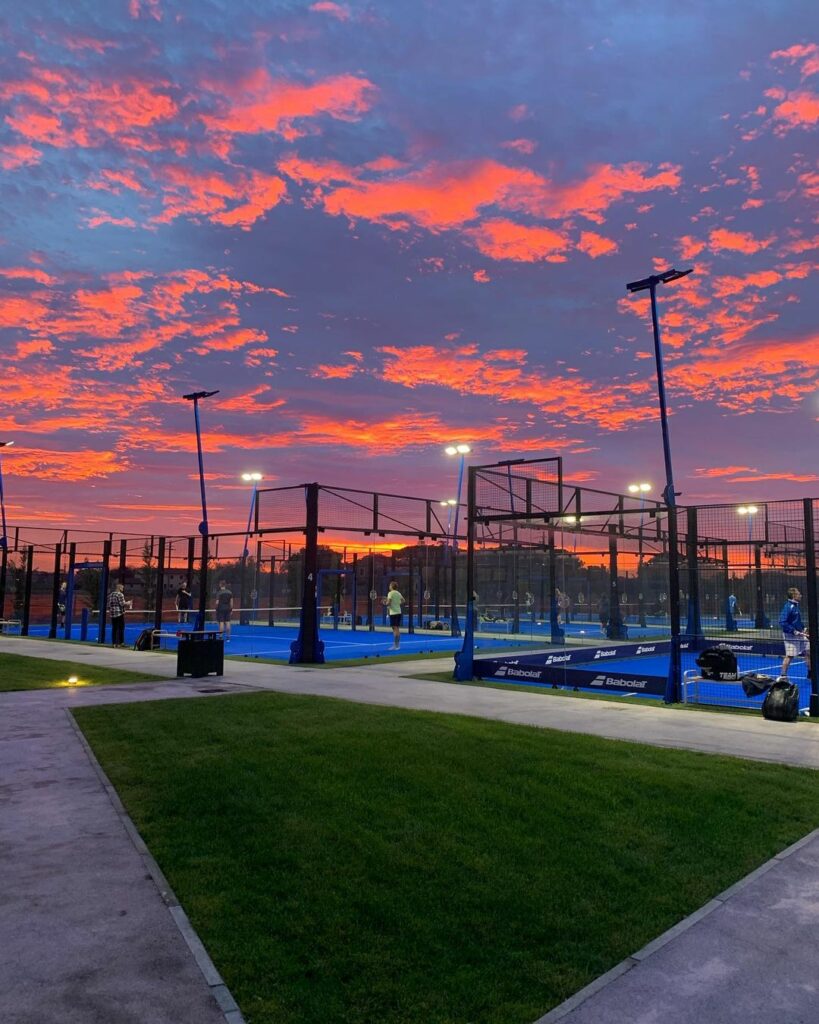
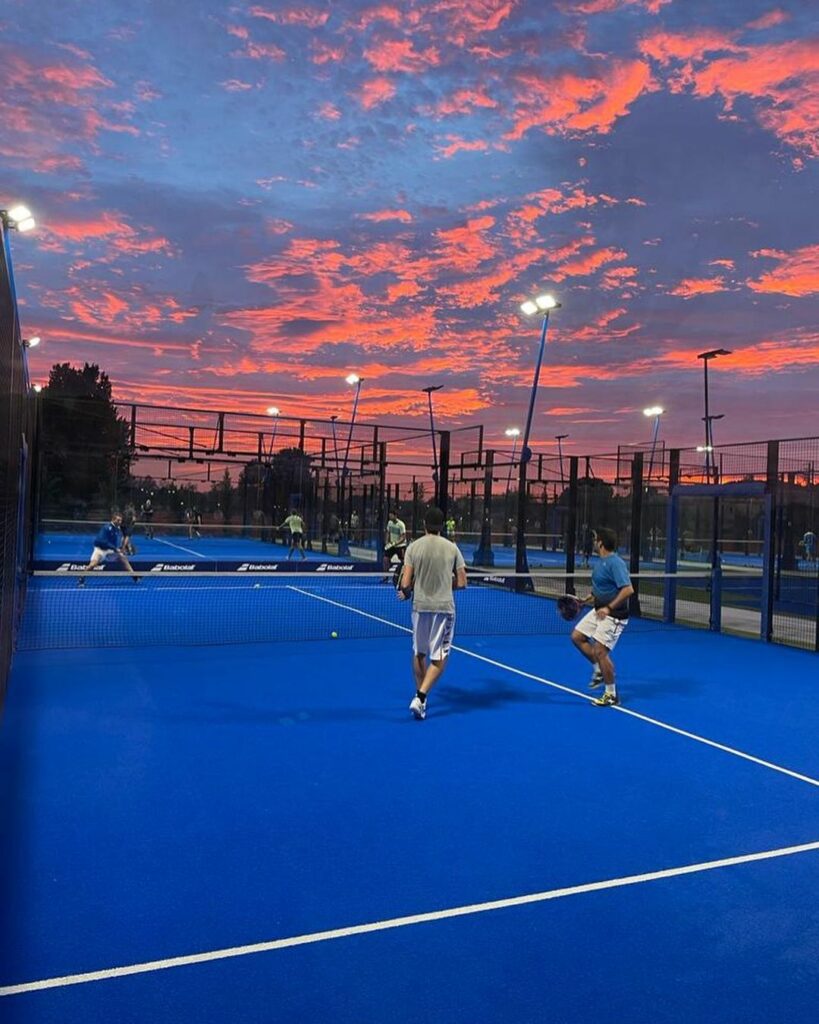
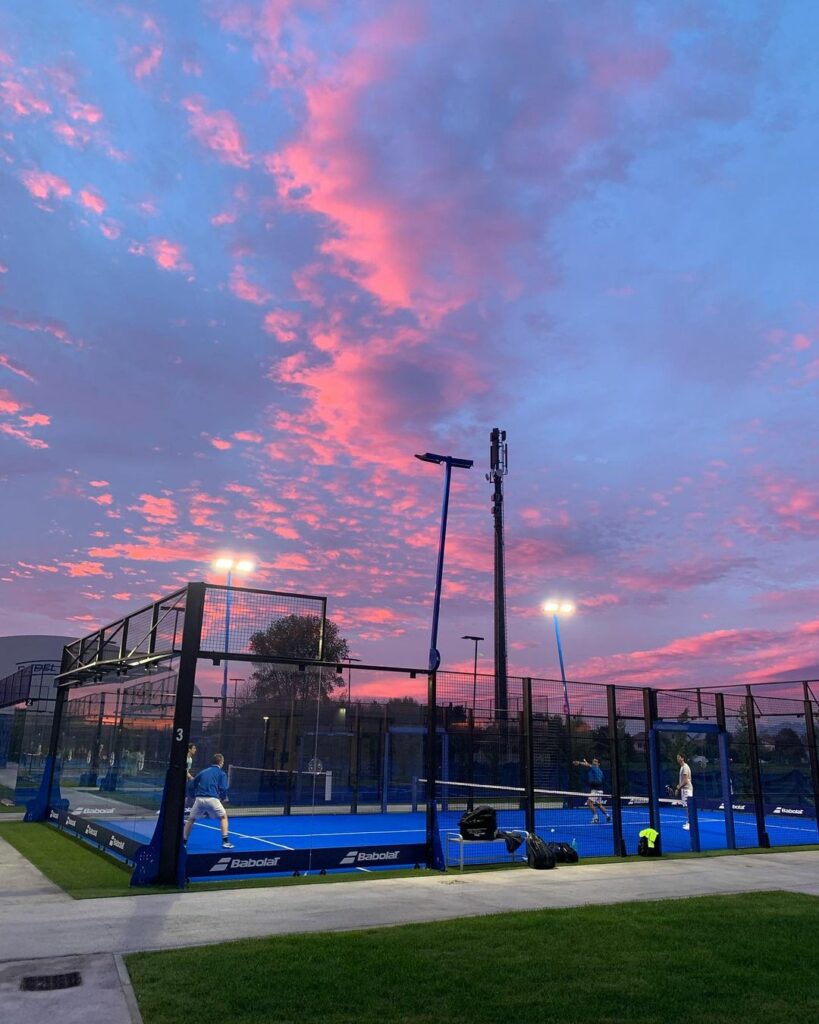
What is the concept and originality of Padel Hero?
Padel Hero’s concept is quite straightforward: we operate large-scale, padel-only sports clubs. I would say there are two elements that differentiate our clubs from others.
The first factor is the sheer number of courts – having volume. This has several advantages. You have a lot more flexibility in the way you use each court and its slots, and you can have more coaches operating at different hours (you should minimize lessons or clinics during peak hours).
With the high demand there currently is, you can also accommodate more clients instead of having to continuously tell them there aren’t available slots. That’s a problem many smaller clubs have.
You can also host larger tournaments and organize more structured courses for both kids and adults. And you’ll attract larger sponsorship deals. The combination of being a padel-only facility and having a large number of courts I think is the first critical way to position yourself above others.
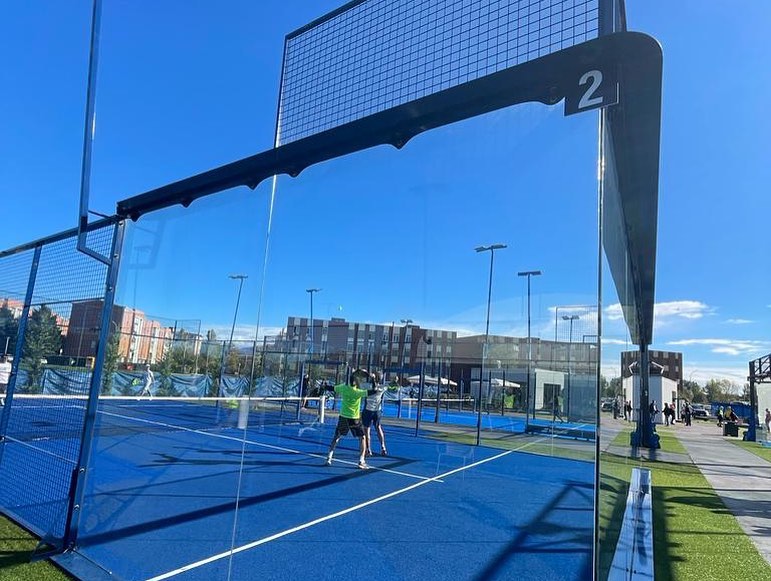
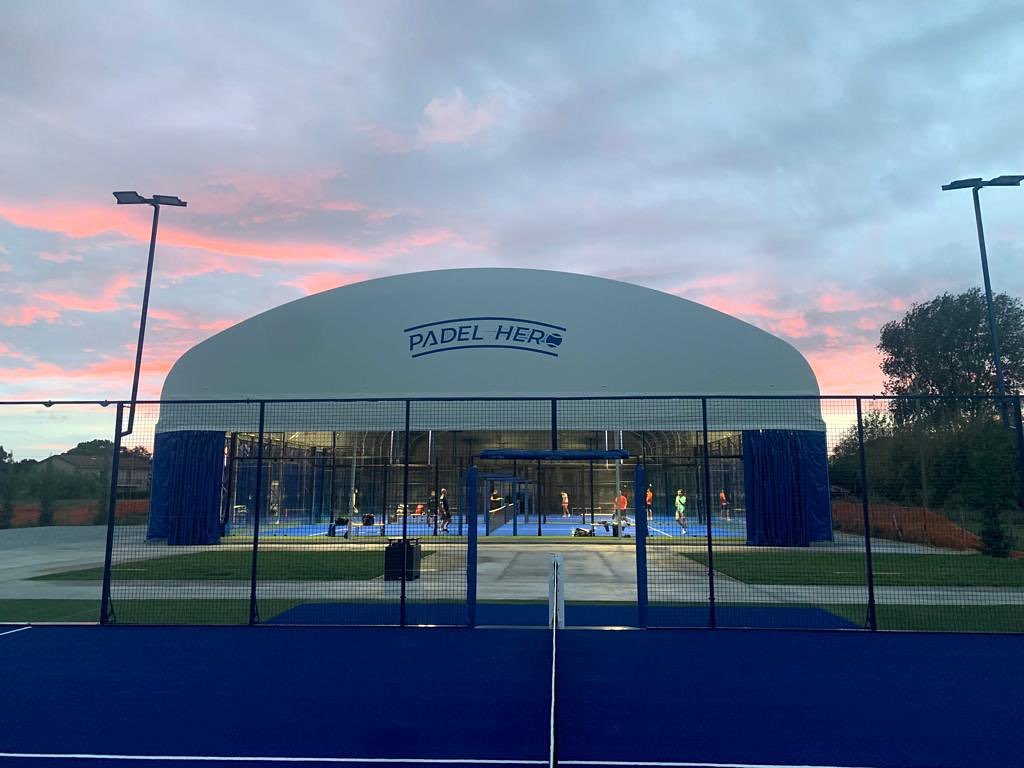
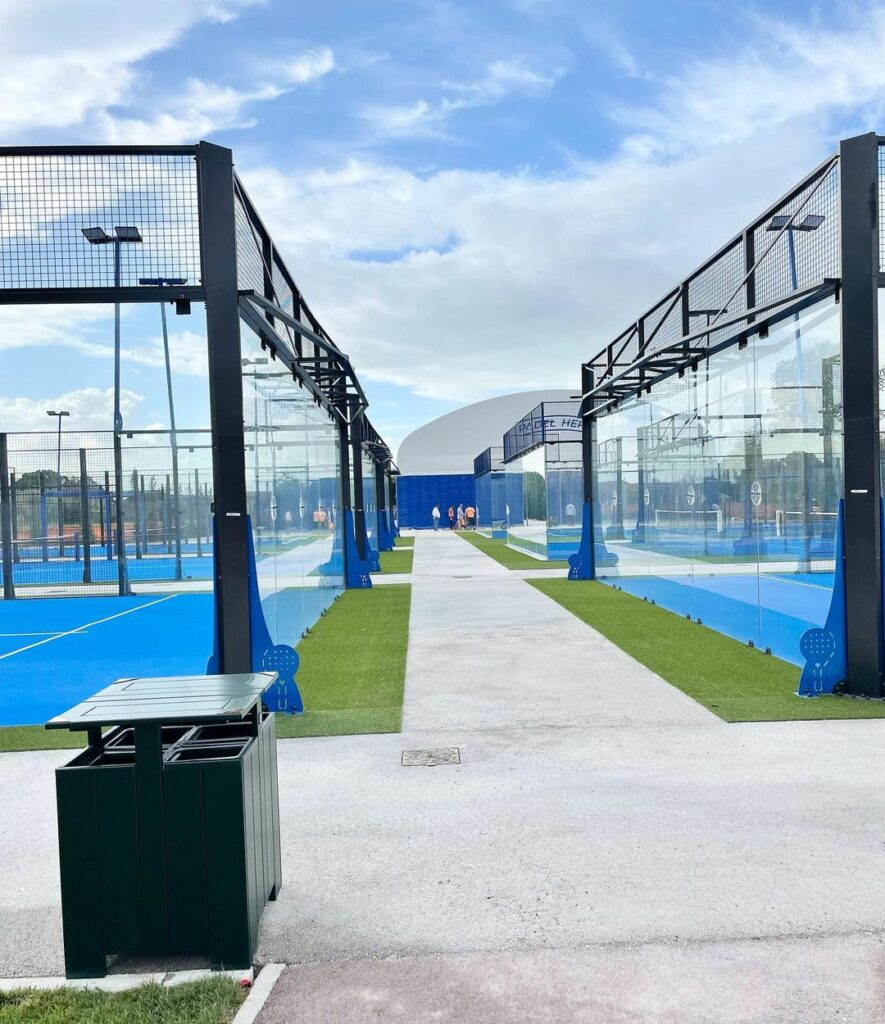
The second main bucket of differentiation comes with the technical and professional standard at our facilities. This starts from things that may seem as trivial as having the best quality courts (something that is often overlooked) to what is ultimately the most important element: having extremely qualified and professional coaches and staff members. Curating the technical part of the club becomes critical if you want to become the reference point for the sport in your area.
We handpicked a Spanish instructor (our “technical director”) to sort of lead the front and the rest of the team. In Spain the game is at a much higher level so, naturally, the coaching level is also a lot more advanced. This doesn’t mean we only target the better players. There needs to be respect for clients at all levels of the game. It’s hard to coach the best players, but it’s just as hard to teach someone holding a racquet for the first time.
We make sure customers know they will be taken seriously regardless of their level.
Tell us about the evolution of Padel Hero in terms of number of players? And maybe on the evolution of padel in Italy ?
Sure. So, the club first opened in September. We’ve seen a continuous increase in the sheer number of visitors and players over the last few months, and I think we will see an important uptick as we get into the spring months. We’ve had a few thousand different players visit the facility. In terms of regular customers, I would say this number is still close to circa 1,000. This will naturally increase as more people know of our existence and of the products and services we offer.
In general, peak hours (Monday to Friday after 17:00 and weekends) are always full, to the point that most people book a week or so in advance to be able to secure a slot. Many people are also playing for the first time, and most players are adults.
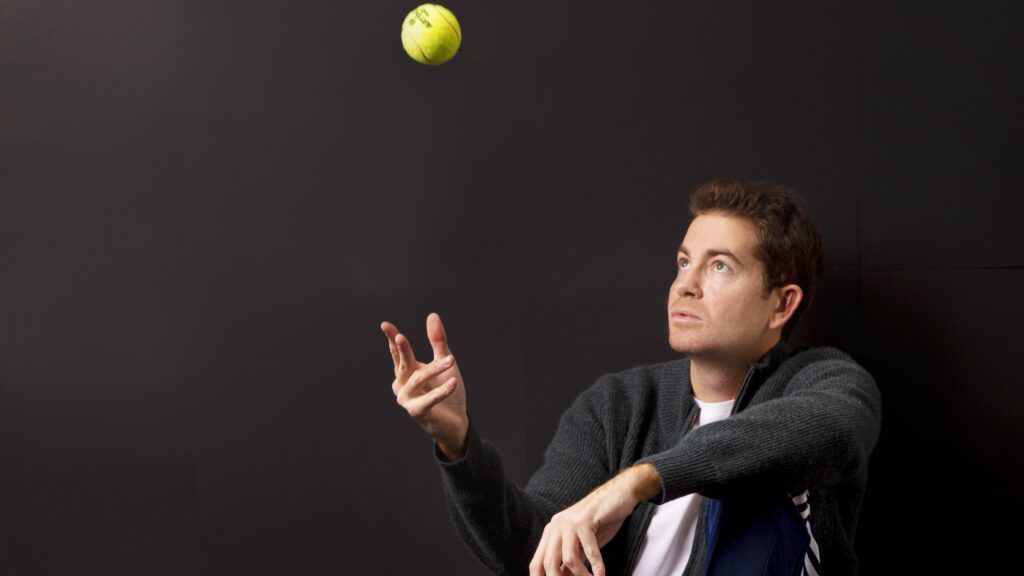
This ties well with the follow-up question of evolution of padel in Italy. I think that, over the course of the last 3-4 years, and in general post-COVID, there has been an amplifier effect, where the supply of courts and the number of players has increased dramatically. The country went from about 2,000 courts to near 7,000. This, however, is still incredibly far away from the 30,000 or so courts in Spain.
The distance with Spain, I would say, is not only measured in the number of courts but the quality of the players and the demographic of players playing. In Italy most of the players are 25-30+ year olds – there still is very little culture around kids and youngsters playing, whereas in Spain it’s a now a real alternative to football and tennis. This is also why I think there is still massive whitespace in operating padel facilities.
Are you continuing to develop in Italy?
Yes, the short-term plan is to open 2-3 more facilities in Italy in the next 12 months.
Parma and Versilia are the two certain locations. We should be open with the Versilia location, which will have 8 courts, at some point before or during the summer in 2023. In Parma, which I expect to open in the fall of 2023, we will have 12 courts. It will be an amazing facility.
So, we should have 30 courts by the end of 2023. In all of these facilities, there is additional space that is currently unused where we can increment with at least 2 courts for each facility.
We have two other projects that we are bringing forward in parallel in the north of Italy, but these will be projects for early / mid 2024 if we decide to go through with them.
Let's talk about other European countries. Are there plans to develop more clubs outside of Italy? Do you see opportunities?
I always wanted to get the business right in Italy first, and the proof that the model works before expanding left and right. Now that we have done that, I have a lot more conviction in opening more facilities in Italy, which is what we are doing.
In parallel, we are starting to look at other European countries and researching where it could make sense to bring the concept. We are looking at the UK and France in particular. I think both are very interesting and despite having different structural characteristics, I could see us opening in either of the two countries at some point.
We have only just started looking more concretely at opportunities, so it may take a moment to find the right situation.
But I’m personally very interested in both markets and I do see the sport developing in a significant way in both in the future. Luckily there is a slightly longer window of time for these markets.
You mentioned earlier you are a partner of Padel Haus, in New York. Can you tell us more about this project, with a location that is already open?
So, for context, ever since I started looking at Padel from a business perspective, I always thought the Padel movement somewhat needed the sport to also take off in the United States for it to become a truly global phenomenon. I was always very intrigued by the fact that padel in the US was inexistent apart from Miami, where there is a large South American community and a favourable climate.
So, I was sort of fascinated by this, but apart from that, I just parked the idea as I was focused on starting in Italy.
About a year ago, friends of mine put me in touch with the now founder of Padel Haus, Santiago Gomez, when he first found the space.
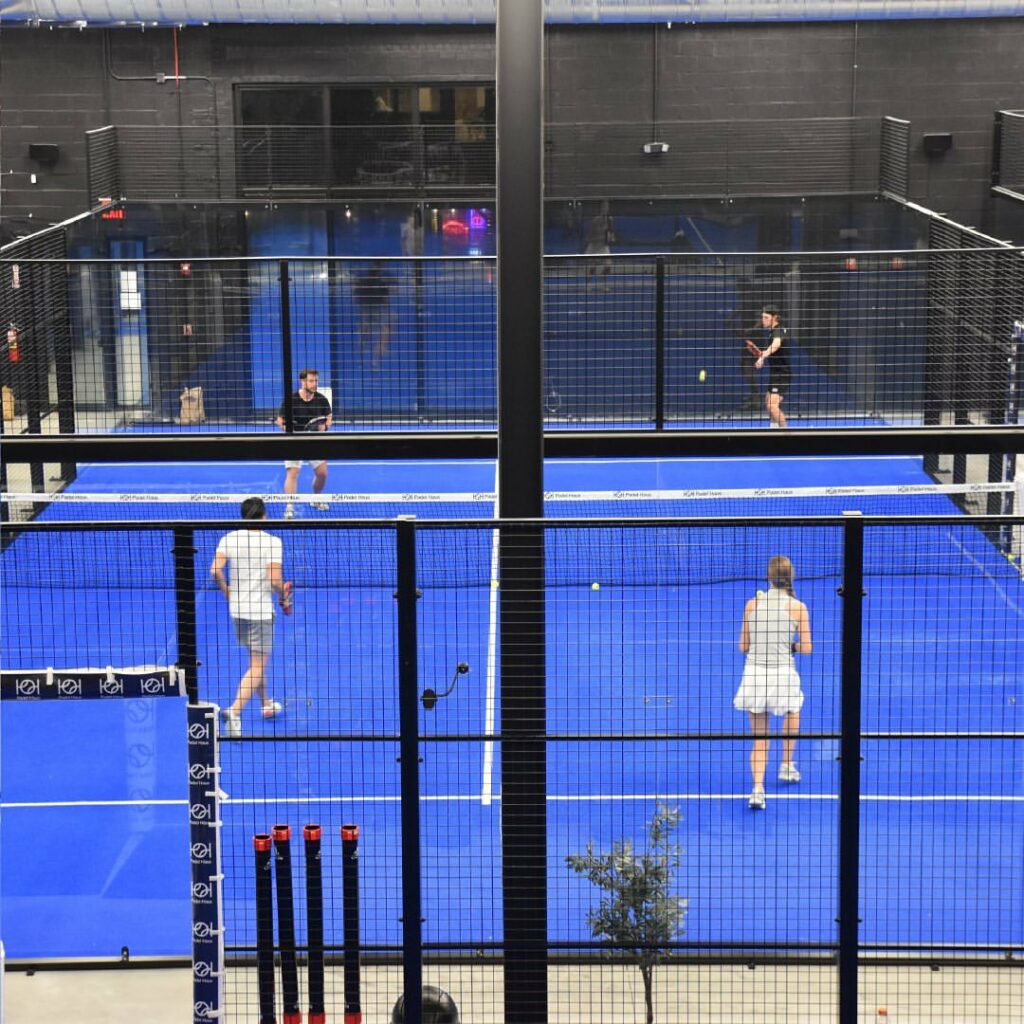
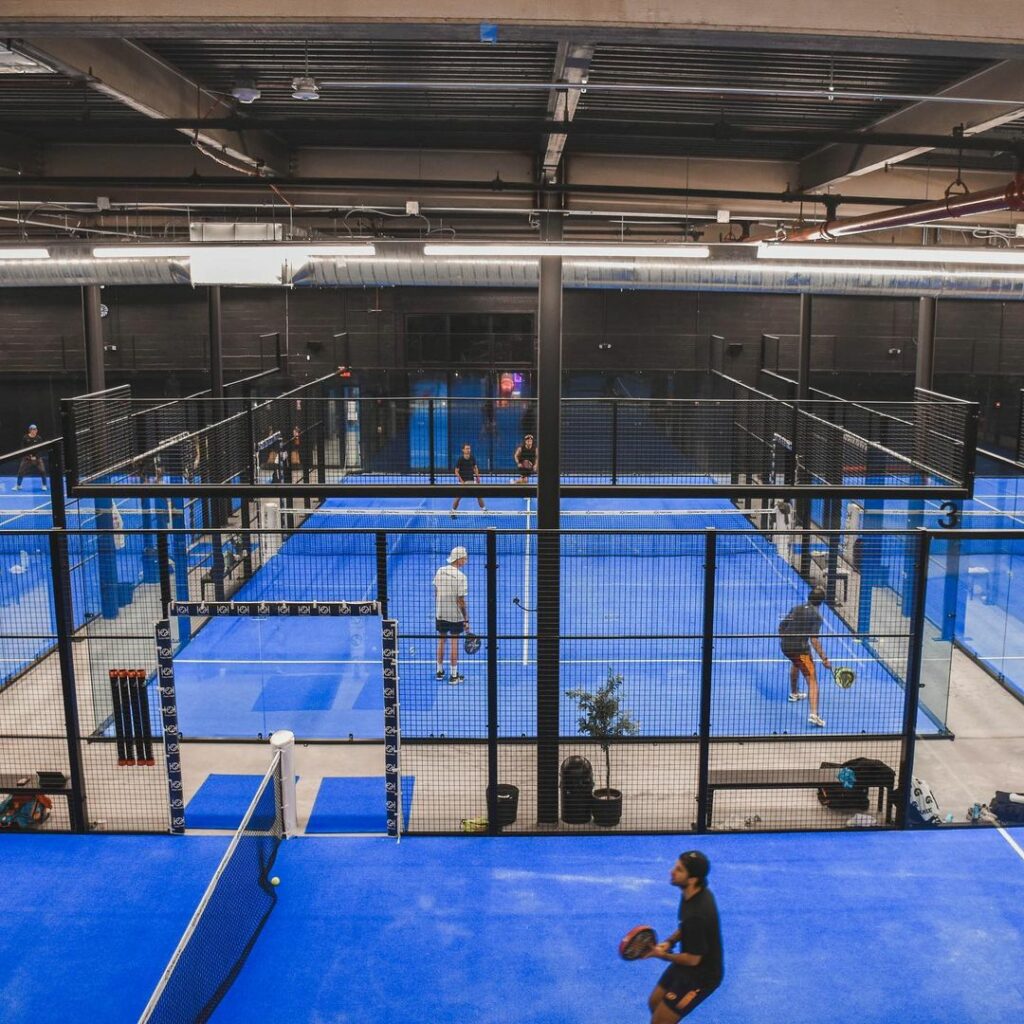
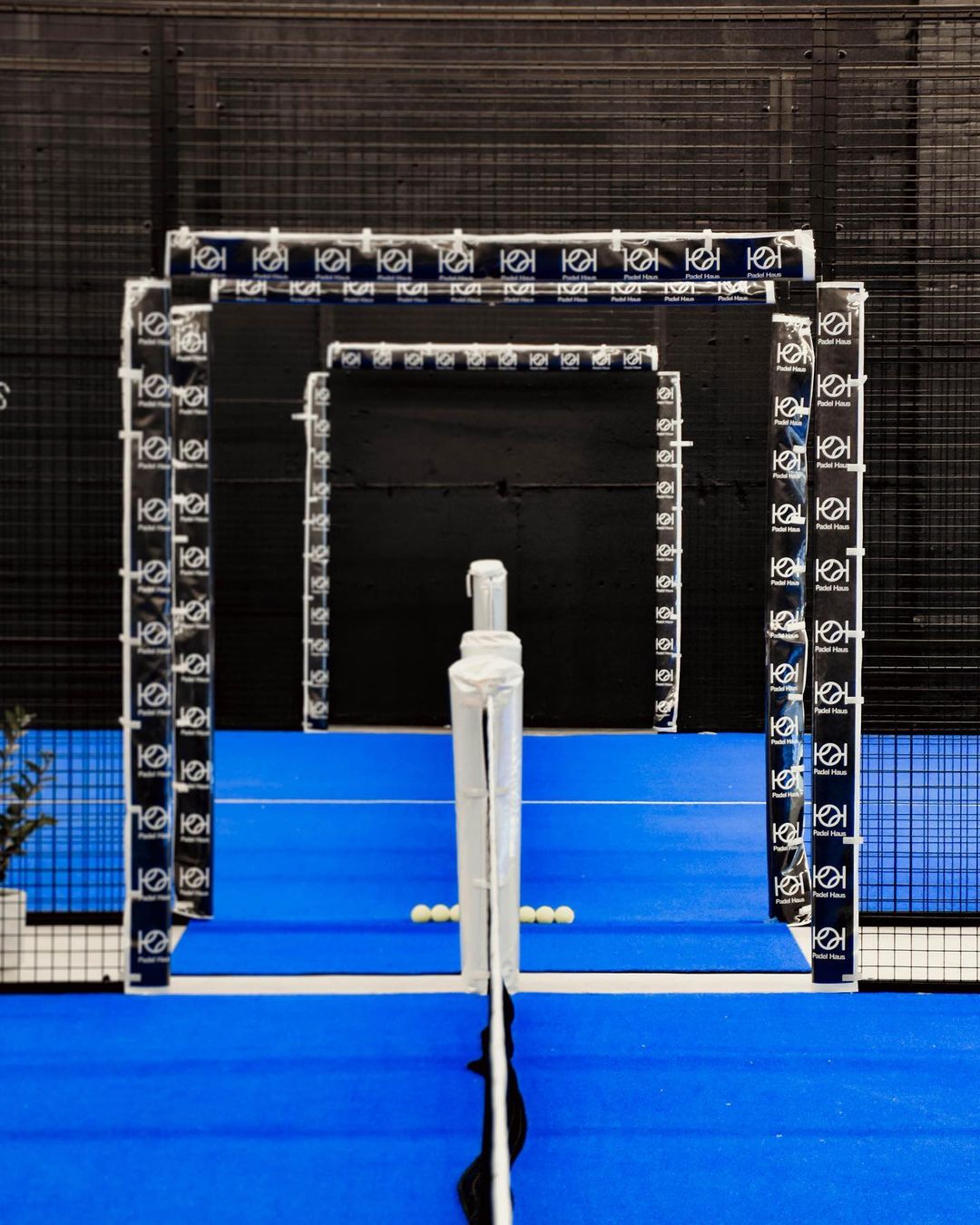
We got along well, shared a similar vision for the market and where it was headed in the US and the world, and I decided to partner up with him.
The Padel Haus address is 307 Kent Avenue, in Williamsburg, Brooklyn, on the banks of the Hudson. It’s a facility with 4 indoor courts, and is closer to Manhattan than people think, about 10-15 minutes away from SoHo and easily reachable with the subway.
To close, what do you think the padel world is still missing?
That’s a great question and I’d say … two things.
One is that there needs to be more involvement from kids. I’m talking about ages 10 to 16. Spain aside, this is still happening in a very limited way where padel is played – even in Italy. There needs to be greater attention to and investment in kids, padel programs tailored around them, and even academies. There needs to be a sort of journey that a kid can aspire to follow, much like in tennis or in football. My goal is to involve as many kids as possible. They are the future of the sport.
The second is that at a professional level the gap between Argentinian/Spanish players and players from other countries is still much too wide. When you watch the pro tournaments, be it World Padel Tour or Premier Padel, you’ll notice that the final stages are always held amongst Argentinians and Spaniards.
This makes it relatively boring at a certain point and, ultimately, reduces global interest. When the United States, China, Italy, Russia will each have their star team that can compete at the same level, I think Padel will be followed with more interest and the movement will gain a lot more popularity.
This will increase the number of kids playing, which brings me back to point number 1.
Franck Binisti discovers the padel at the Club des Pyramides in 2009 in the Paris region. Since padel is part of his life. You often see him touring France going to cover the major events of padel French.





































































































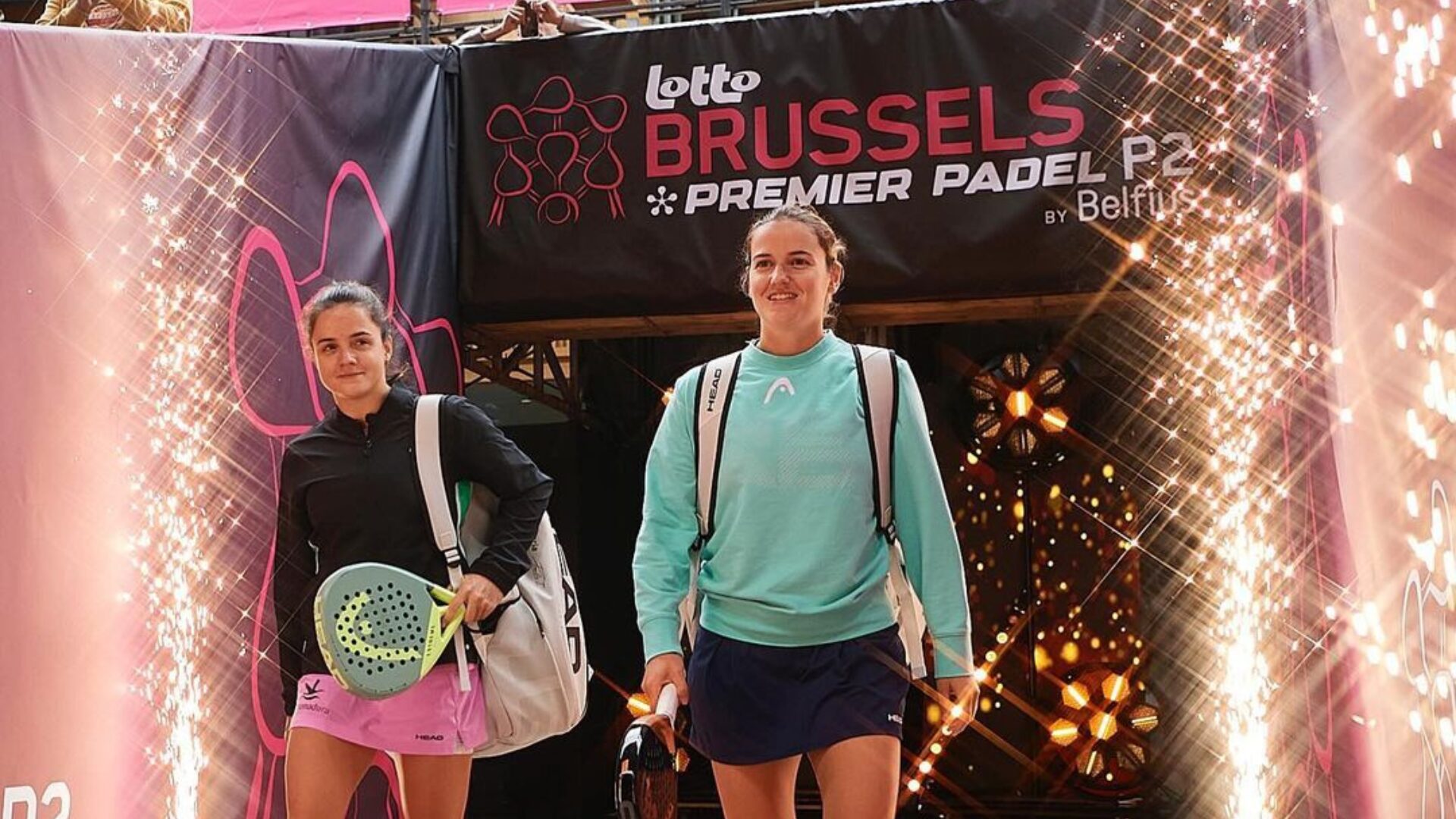 Premier Padel Brussels P2 – The break obviously did Sanchez / Josemaria good!
Premier Padel Brussels P2 – The break obviously did Sanchez / Josemaria good!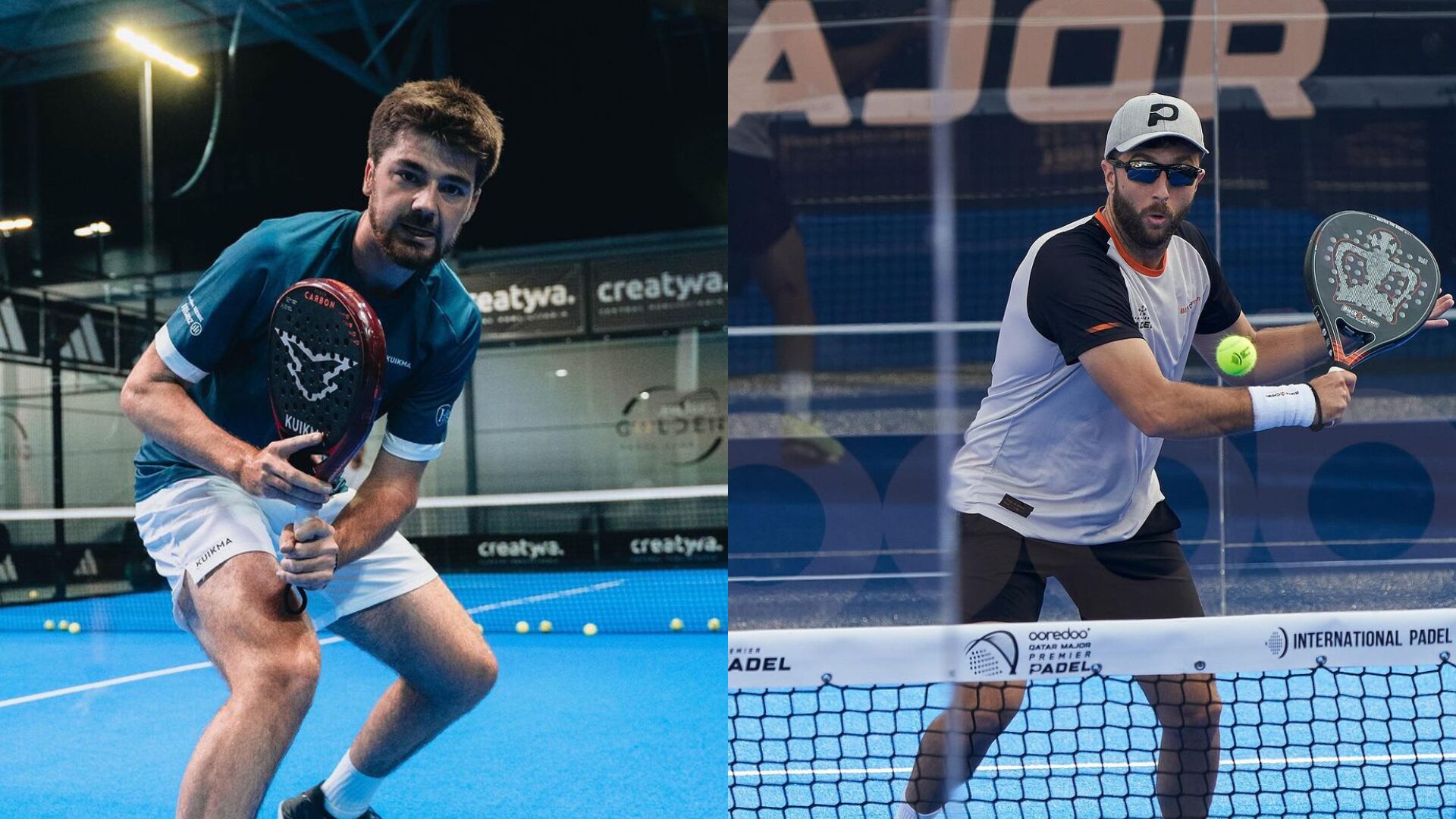 Premier Padel Sevilla P2 – From the waiting list to previas for Dylan Guichard and Ricardo Martinez!
Premier Padel Sevilla P2 – From the waiting list to previas for Dylan Guichard and Ricardo Martinez!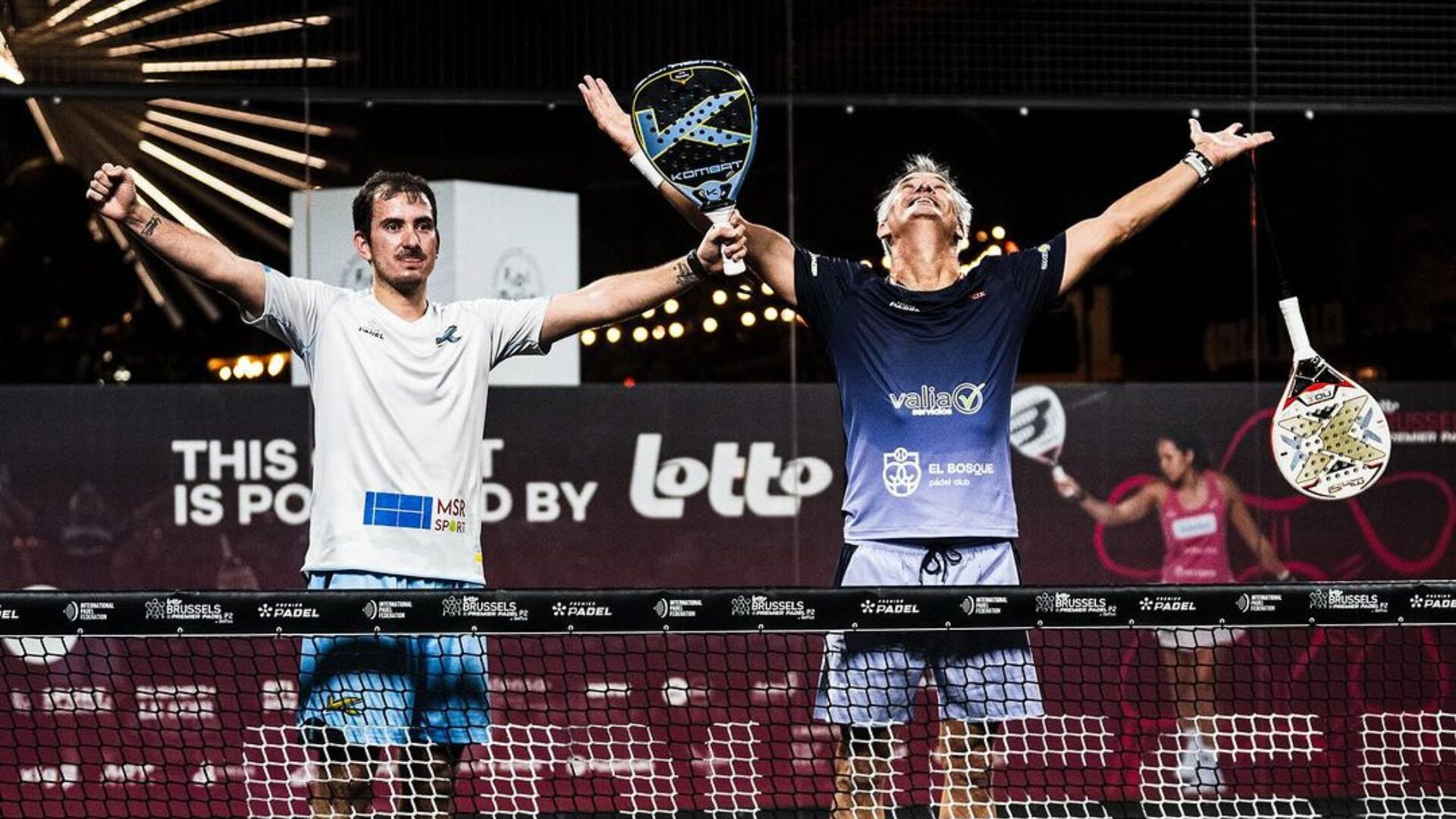 Miguel Lamperti: three tie-breaks and a return to the quarter-finals!
Miguel Lamperti: three tie-breaks and a return to the quarter-finals! Guillaume Codron de Sud Padel : “A family project”
Guillaume Codron de Sud Padel : “A family project” Nallé Grinda: “Democratize the padel in the USA with PadelX "
Nallé Grinda: “Democratize the padel in the USA with PadelX " Simon Boissé: “We know that there are two nations in front of us”
Simon Boissé: “We know that there are two nations in front of us” Marie Maligo: “This period of frequent changes of partners was beneficial for me”
Marie Maligo: “This period of frequent changes of partners was beneficial for me” Gilles Moretton: “We will be able to put the padel at the level of tennis”
Gilles Moretton: “We will be able to put the padel at the level of tennis” Two P1000 doubled prize money approaching!
Two P1000 doubled prize money approaching! José Manuel Escin at the inauguration of Casa Padel DOS: “Finally, and thank you!”
José Manuel Escin at the inauguration of Casa Padel DOS: “Finally, and thank you!”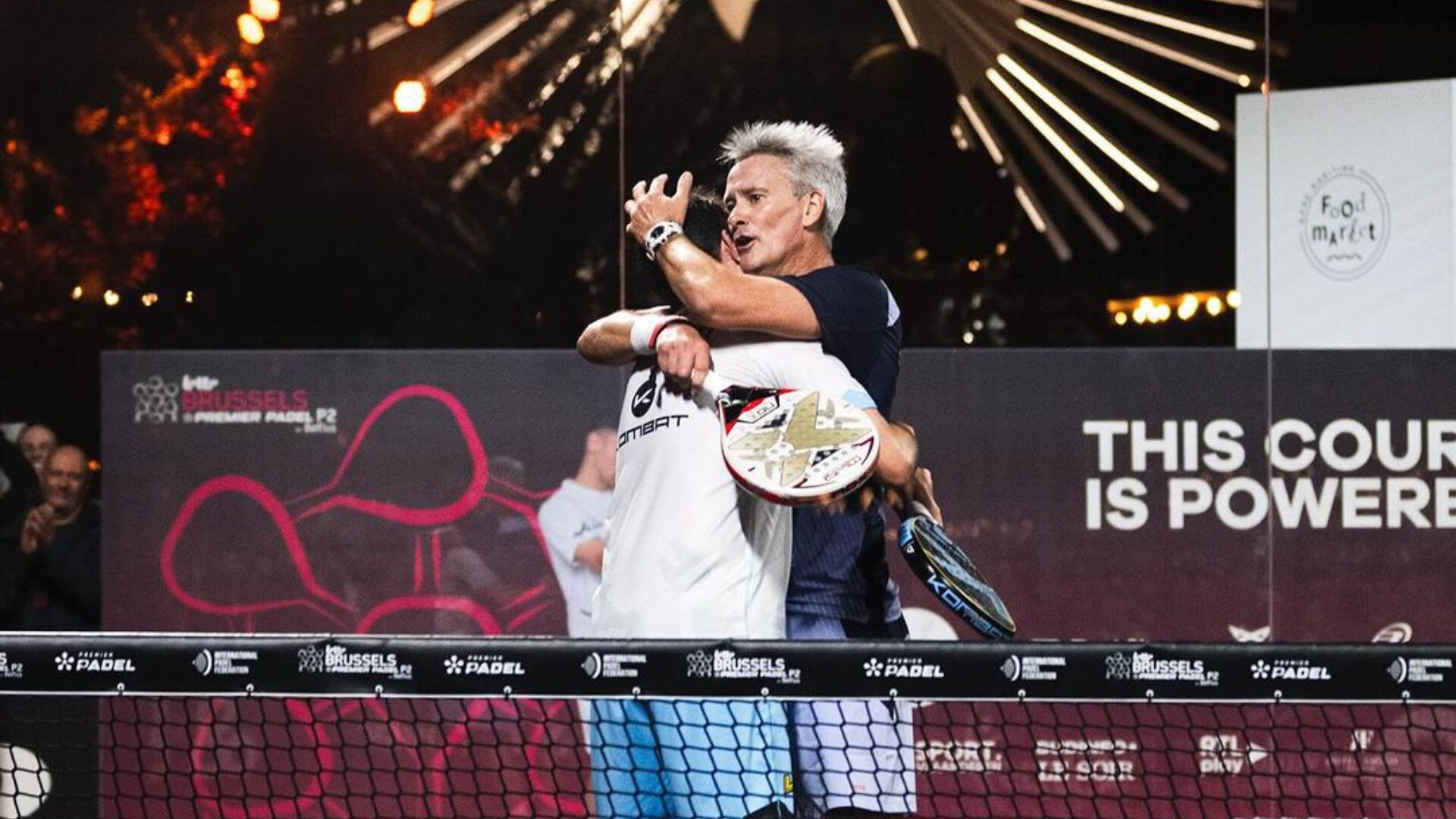 Big evening in Brussels with two seeded players on the mat, heckled number 1s…
Big evening in Brussels with two seeded players on the mat, heckled number 1s…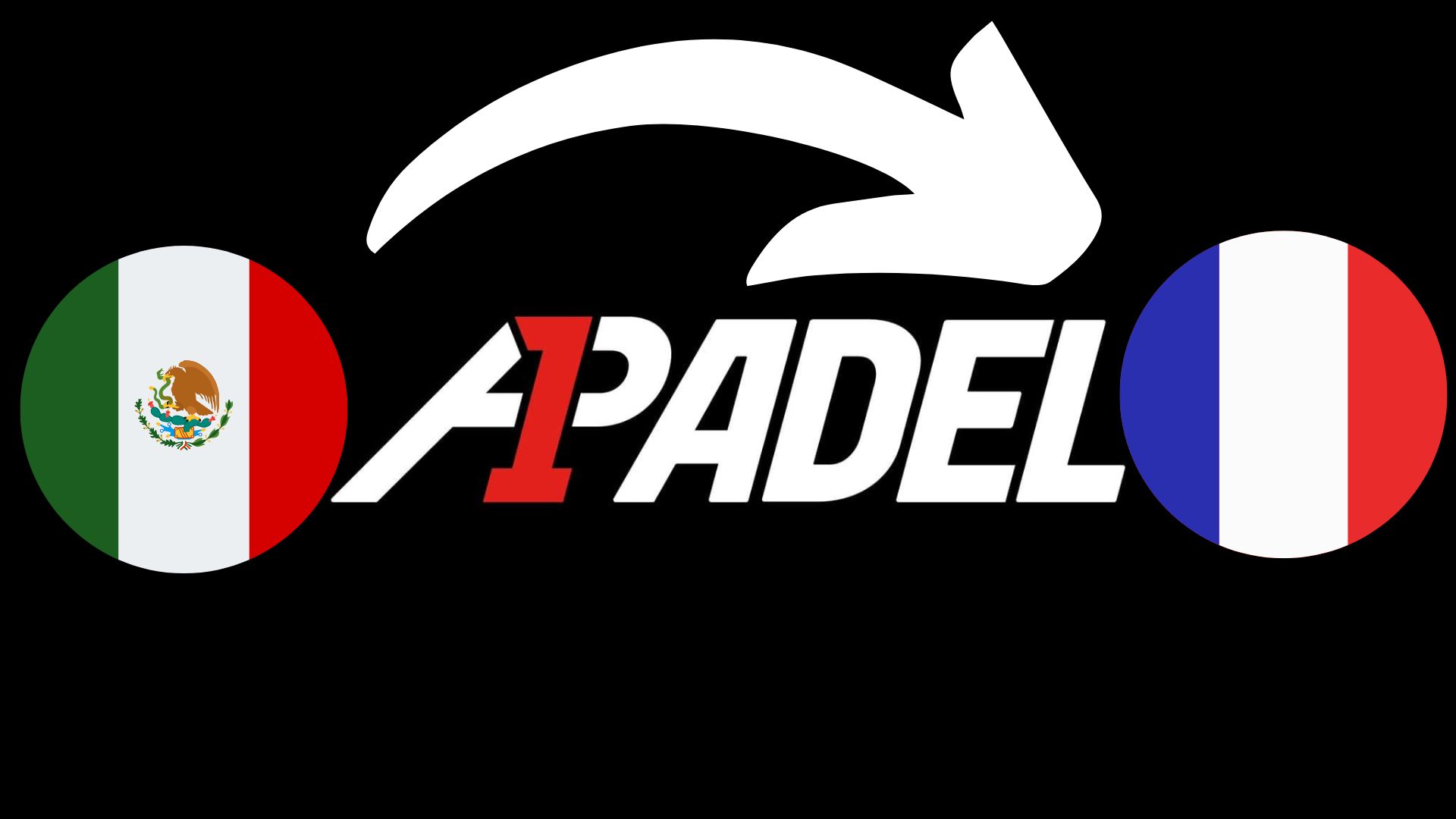 A1 Padel – the French Open replaces the Mexican Open on the calendar
A1 Padel – the French Open replaces the Mexican Open on the calendar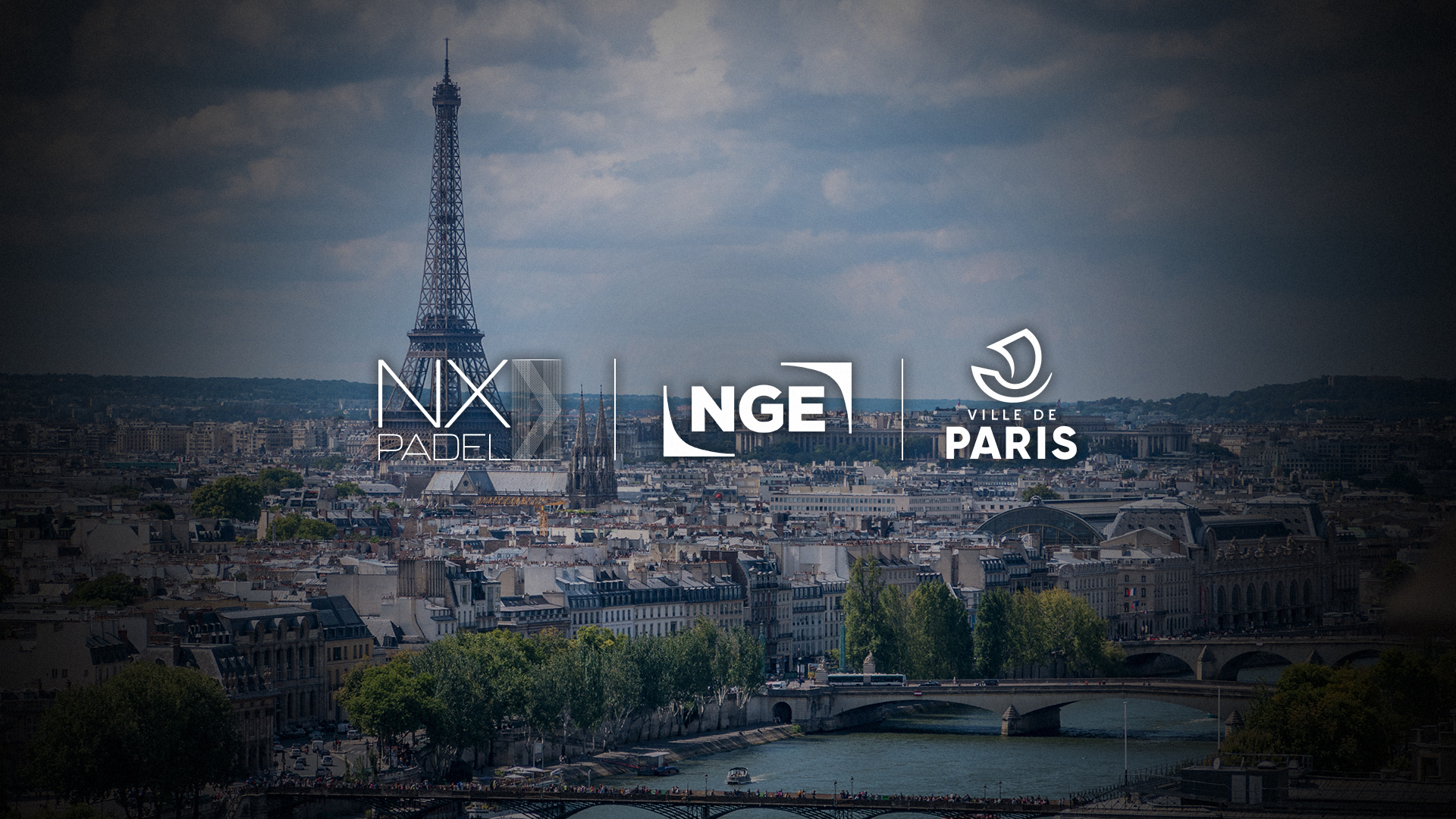 4 Fiberglass Padel Courts for The Ville de Paris: a choice that looks to the future
4 Fiberglass Padel Courts for The Ville de Paris: a choice that looks to the future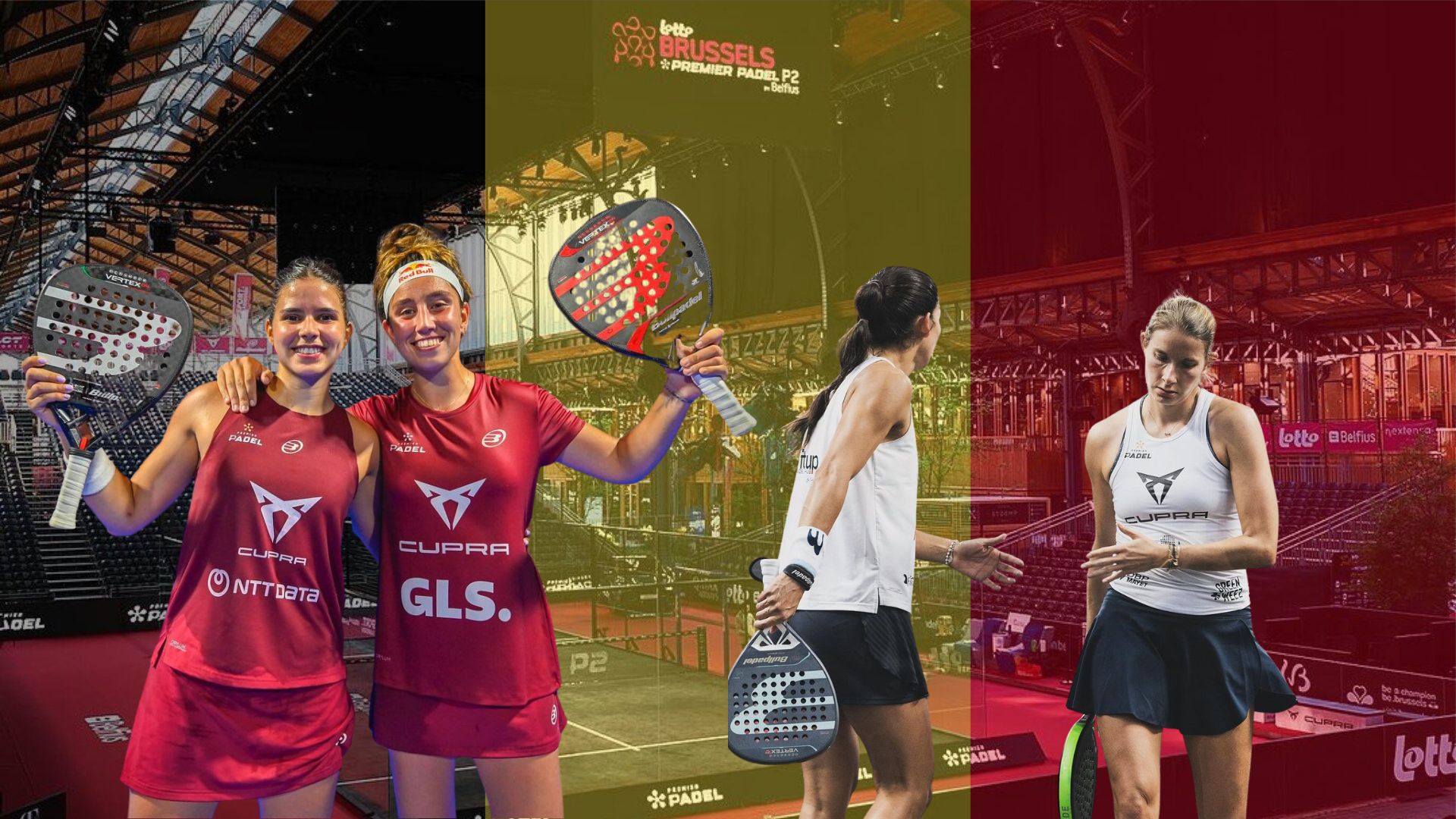 Brussels Premier Padel Brussels P2 – Collombon / Bidahorria falls against Brea / Gonzalez
Brussels Premier Padel Brussels P2 – Collombon / Bidahorria falls against Brea / Gonzalez Padel Score comes to Tahiti for American Express Padel Cup!
Padel Score comes to Tahiti for American Express Padel Cup! Do you know the Rafa Nadal Academy Tour?
Do you know the Rafa Nadal Academy Tour? Play at padel on his yacht? Possible for €233.000!
Play at padel on his yacht? Possible for €233.000! Our Top 10 training courses padel in France and Europe
Our Top 10 training courses padel in France and Europe At the heart of padel – Episode 25: Paul and Andoni answer your questions
At the heart of padel – Episode 25: Paul and Andoni answer your questions Tactical padel – What to do when faced with players who systematically stay at the bottom?
Tactical padel – What to do when faced with players who systematically stay at the bottom? The basic tactics of padel
The basic tactics of padel At the heart of padel – Episode 25: Paul and Andoni answer your questions
At the heart of padel – Episode 25: Paul and Andoni answer your questions At the heart of padel – Episode 23: defend the window well
At the heart of padel – Episode 23: defend the window well Prohibition on playing topless Padel : the reasons
Prohibition on playing topless Padel : the reasons FIP Tour – Going far from Europe, THE strategy to earn points!
FIP Tour – Going far from Europe, THE strategy to earn points! What is a good football player? padel ?
What is a good football player? padel ? “Lefties give me headaches when I play against them!”
“Lefties give me headaches when I play against them!” At the heart of padel – Episode 14: how to earn points in winter?
At the heart of padel – Episode 14: how to earn points in winter? A par 4 is always a winner...even if you manage to defend it!
A par 4 is always a winner...even if you manage to defend it! Carbon fiber VS fiberglass: what to choose?
Carbon fiber VS fiberglass: what to choose? How to effectively test a racket padel ?
How to effectively test a racket padel ? La padel to fight Parkinson's disease
La padel to fight Parkinson's disease Don't play with a cracked or broken racket, your body will thank you!
Don't play with a cracked or broken racket, your body will thank you! Michel Cymes: “The padel, physically, it’s serious!”
Michel Cymes: “The padel, physically, it’s serious!” Jeremy Gala: “Promote the padel among young people in Belgium remains a challenge”
Jeremy Gala: “Promote the padel among young people in Belgium remains a challenge” The French Touch Academy organizes its selection day Padel-Study
The French Touch Academy organizes its selection day Padel-Study Report on the detection and training of younger generations
Report on the detection and training of younger generations